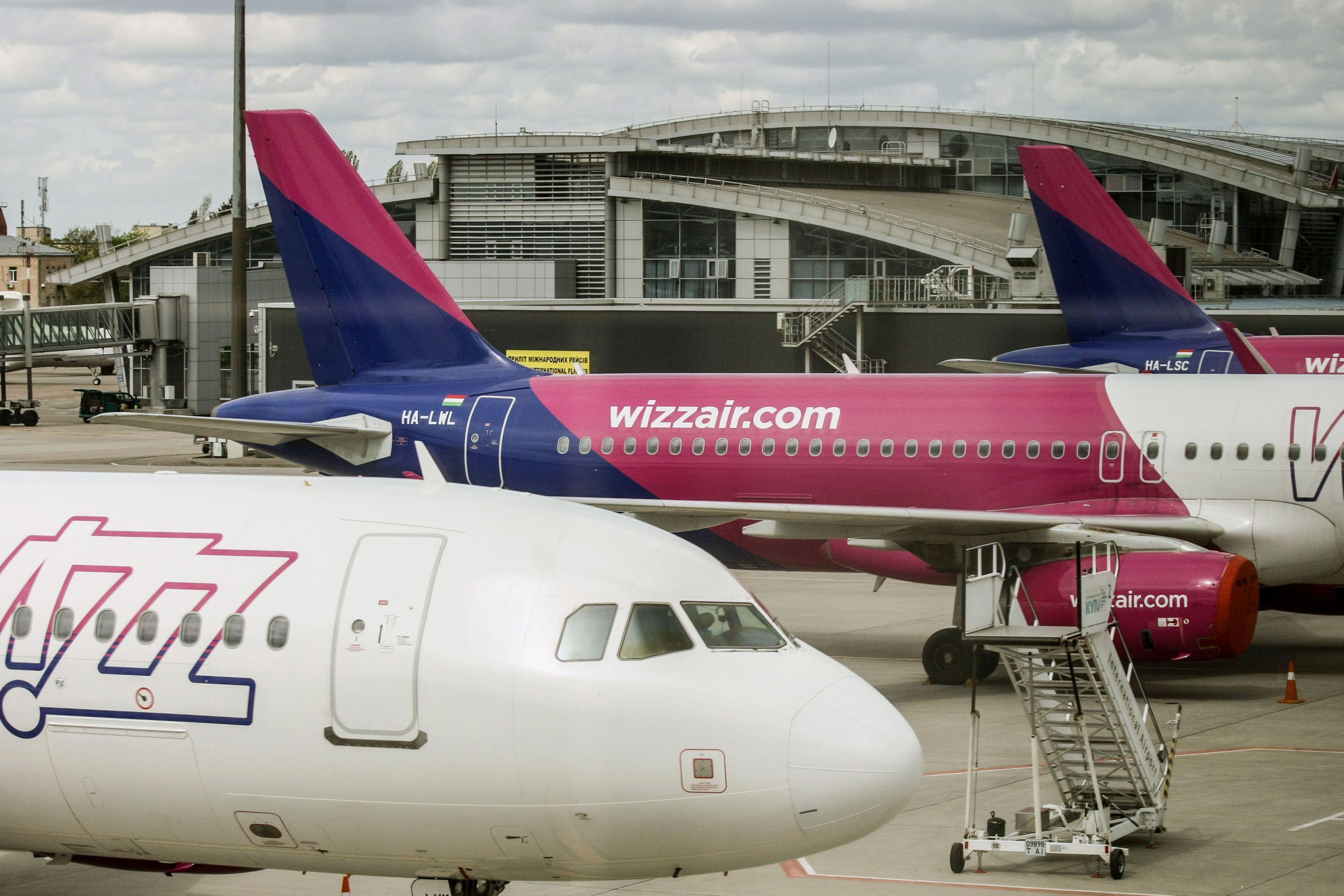Interview: Kyiv Sikorsky Chairman On Competition, Network And Airline Relations

Kyiv has two airports, Boryspil International (KBP) and your own IEV—can you tell us about the relationship between the airports?
Of course, there is some competition, but it is not critical. It does not degrade the quality of aviation services. On the contrary, together they generally contribute to the improvement of the quality and quantity of services provided.
In addition, the airports are located at a sufficient distance from each other (about 35 km/22 mi.) on different banks of the Dnieper River. And if KBP is developing more as a hub and can receive large-sized aircraft, then IEV does not compete in this segment, because IEV provides point-to-point services for passengers. Therefore, competition exists and is, I believe, a blessing for both airports.
Are your fees lower compared to KBP?
There are three important charges in the aviation sphere: take-off and landing charges; terminal passenger service charges; and aviation security charges. All these fees for each airport are set by the state, based on certain economic calculations. And these calculations are completely different.
I would like government agencies to be more flexible in how such prices are formulated and the creation of equally competitive conditions for businesses that are in close proximity. In one aviation hub, the prices should be the same. But historically, they are different. We are trying to convince government agencies to change their approach and still apply some kind of universal method that will make it possible for a private enterprise and a state enterprise to compete in the price segment, at least on equal terms, so that no one has an advantage in terms of price.
Therefore, at the moment, in terms of airport fees, Boryspil is creating a competitive advantage for airlines. The prices for passenger services and for take-off and landing at Boryspil are lower than at Kyiv Sikorsky, but at the same time the aviation security fee is lower at Kyiv Sikorsky. However, we have another advantage: location.
Are there specific nations or global regions you are targeting?
Historically, we have identified two key areas: Firstly in the European direction, Eastern Europe to Western Europe. These are tourist routes and routes of our labor migrants who fly there to work. And secondly, tourist-only destinations: Egypt, the United Arab Emirates, Turkey, Greece. These routes are mainly used by Ukrainian tourists for leisure. At the moment, the business destinations in the Middle East are underserved from our point of view. Therefore, we are focused on increasing the number of flights from airlines that fly to there.
How many airlines are now flying to your airport? And what is your target?
We have no goal of getting as many airlines as possible. Our strategic goal is to have three to four powerful airlines that will provide 80-90% of our passenger traffic. At this stage, 95% of the market at Kyiv Sikorsky International is occupied by two airlines, which divide it almost in half: one of them is a purely Ukrainian company (Bees Airline) that focuses on tourist charter routes and a little on Europe; the second is a large European low-cost carrier (Wizz Air), which is more focused on transporting tourists from Western and Eastern Europe, as well as labor migrants from Ukraine.
When we find a third airline that shares the needs of passengers with the first two, we will be happy.
Which routes would you like to add?
The development of air routes is not a priority of the airport. We work with passengers on the ground: we serve them and strive to make things cheaper for them and more comfortable. Where they fly to and how they will be served there are more the concern of the airlines.
Therefore, we don’t say that we are very interested in a passenger flying from Kyiv Sikorsky International to point A, and not interested in him flying to point B. We are interested that the passenger just flew away from us happy, and upon arriving from another point they said that it is better here than at any other airport. This is where we are focused.
Read the other half of this interview on infrastructure, investment and business here.
Main photo credit: Raj Valley/Alamy Stock Photo
Portrait credit: Kyiv Sikorsky International Airport
